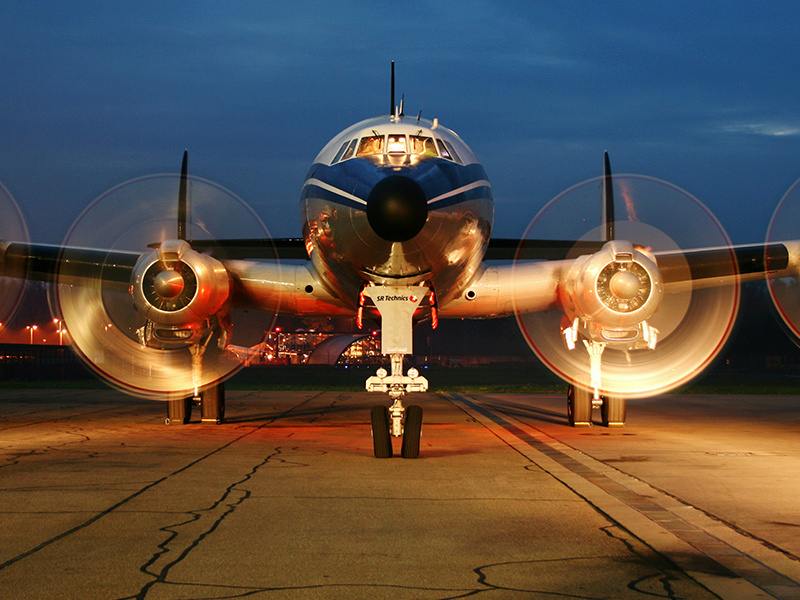


Have you ever wondered what procedures do pilots undertake when starting a flight? Do they just randomly start a flight and then leave the airplane afterwards? Do they follow a protocol that will dictate everything in the cabin?
Most people might not notice, but pilots actually follow a certain procedure that not all cabin crew members are familiar about.
Here’s where it starts:
The preparation proper
1 . Sign in, check for manuals
The very first step that pilots do is to sign in and check for their manuals if there are any revisions and the weather depictions along their route. They needed to learn these figures to help them navigate well during their flight. Pilots arrive an hour before the flight because the revisions may take a lot of pages.
2. Go to the gate, wait for the inbound flight
When you’re stuck in the airline waiting for the arrival of plane, you’re not alone. Pilots also wait for them, too! Inbound flights, or flights coming in the airline company, usually arrive late. When it does arrive finally, everyone has to wait until the deplaning process is done–including the pilot–to start the journey.
3. Captain talks to the flight attendants
The captain will discuss to the flight attendants anything that could be found unusual for the flight. He may also talk about the cabin items that are malfunctioning.
4. Co-pilot does the walk-around
While the captain discusses matters that may concern the flight attendants, the co-pilot will do the roaming. He will now check the condition of the tires, the engine fans, the oxygen bottles for the cockpit and the breaks. He will also check if there are any leaks from the airplane.
5. Program the flight plan
Inside the cockpit, any of the two pilots will program on how the flight will happen. In the program, pilots will indicate how the plane will take off and how it will land on the other destination.
7. Inspect for emergency equipment and electrical circuit breakers
Both pilots will check their oxygen masks, and the co-pilot will check the other emergency equipment and other circuit breakers if they are in place. Engine fire detectors are examined as well.
8. Initialize the second computer, “ACARS”
The pilots initializes the second computer named “ACARS” (Aircraft Communications Addressing and Reporting System). This computer allows them to send and receive messages from the airport.
The “I’M SAFE” Checklist
According to Phoenix East Aviation (PEA), aside from the other checklists such as preflight and start up, another important checklist that pilots need to consider is their health checklist.
Pilots must see for themselves that they are physically and emotionally fit to drive an aircraft because these factors may affect the flight experience of the passengers and the pilot him or herself.
The Federal Aviation Administration (FAA) practices the “I’M SAFE” checklist. This checklist is a series of questions that the pilot must ask to himself. The “I’M SAFE” checklist includes the following:
I – Illness. Am I feeling sick? Am I experiencing a disease that may hinder my performance? The pilot may not be allowed to take a flight if feels sick. For instance, simple illness such as colds may affect the pilot’s hearing due to the air pressure.
M – Medication. Am I under medication of a certain drug? When have I taken the last dosage? The pilot may not be allowed to handle a flight if the medication may alter his state of mind.
S – Stress. Am I feeling stressed? Am I experiencing some personal problems? Stress may have a long lasting effect on people, and sometimes, people just can’t handle their stress well. That is why it was also considered before taking a flight.
A – Alcohol. Am I under the influence of alcohol? No pilot should take a flight when he has consumed alcohol within eight hours, or with a blood alcohol content of 0.4% or higher. Anyone who is under its influence severely impairs a person’s judgement and slows down reaction time.
F – Fatigue. Am I feeling tired? Did I get enough sleep? Fatigue, although is hard to self-evaluate, must also be noted. A person who is tired may not function well and may create poor decisions.
E – Emotion. Am I feeling well? Do I feel happy or down? A pilot must be emotionally stable before taking a fight. A dramatic phenomenon that could have happened into one’s life could affect work performance. Taking time to recover is advisable but in other circumstances, one should seek counseling from a professional.
Indeed, before anyone have their #bestflightever, pilots and flight attendants are preparing well for the memorable, comfortable and safe flight for the passengers. There’s a series of preparation and consideration to ensure that the company meets the passengers’ satisfaction.
Are you enticed to run an aircraft yourself? Why don’t you try becoming one? WCC Aviation is a school that can help you start your journey of becoming a pilot or a flight attendant. For more information, visit wccaviation.com
The information contained in this website is for general information purposes only.
While WCC Aviation Company endeavors to keep the information up to date and correct, we make no representations or warranties of any kind, express or implied, about the completeness, accuracy, reliability, suitability or availability with respect to information published in this website.
Click here to read the Privacy Statement in full